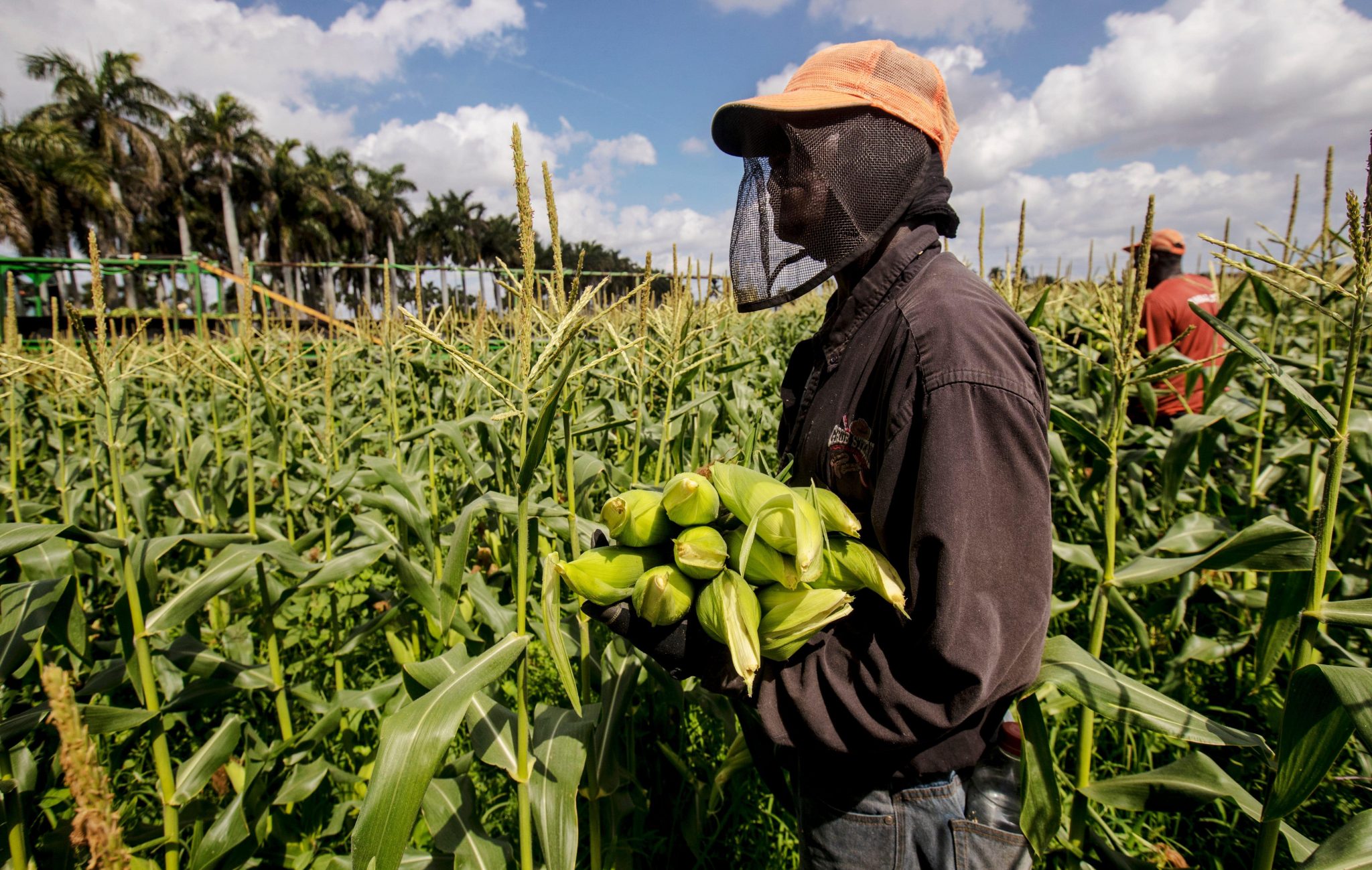



Article by: Hari Yellina (Orchard Tech)
More than 80% of workers in Australia’s horticultural industry are migrants on temporary work visas (or undocumented). The Seasonal Worker Programme is often regarded as one of the better pathways to this work. It is, for example, more highly regulated than the larger (pre-pandemic) Working Holiday Maker scheme, which provides the industry with backpackers. In 2020-21 it provided about 12,000 of the roughly 80,000 strong (formally employed) seasonal workforce. However, the regulations are a double-edged sword, also working as mechanisms of control.
Unlike the Working Holiday Maker scheme, Seasonal Worker Programme visas are typically arranged by labour-hire companies, who recruit and then place workers on client farms. Under the condition of the visa, workers can only work for that employer. Employers in turn are obliged to provide things like accommodation. But this can be become an opportunity for exploitation, through overcharging workers for rent.
If the employer is dissatisfied with a worker, as in Elisabeth’s case, they can be sent home or refused a place in subsequent years. But if the worker is dissatisfied with the employer, it’s even worse.
Tying workers to their employers stymie their capacity to act in the face of poor conditions. Backpackers who find themselves being underpaid or exploited at least have the option of leaving. Those in the Seasonal Worker Programme can’t do the same.